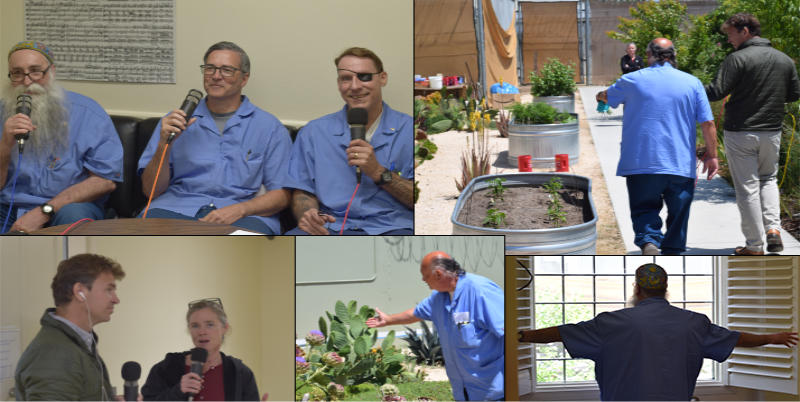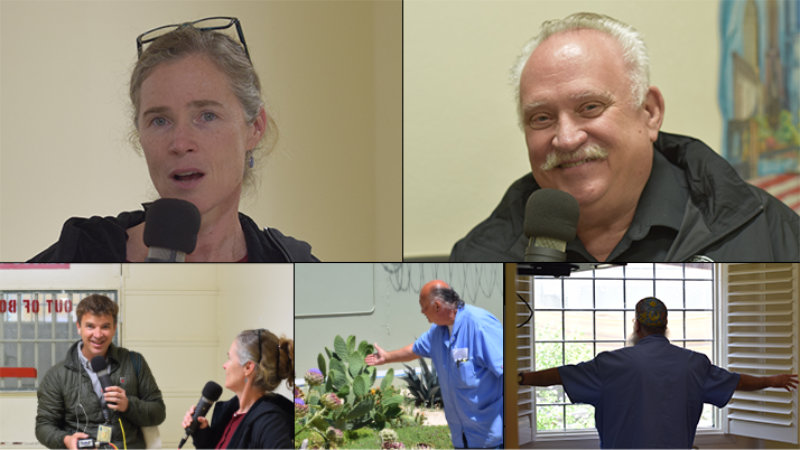by: Amy Getter, a hospice nurse who blogs regularly at hospicediary.com
My all-too-frequent experience going from house to house visiting the ill, aging population is this: many and perhaps most people being served in our communities are sadly lacking in actual advocacy. I often feel like I only apply “Band-Aids”. (Recent case in point; explaining the treatment choice to an 84 year old patient who didn’t realize the doctor’s intervention was permanent, something for him to manage at home. He asks me, “You mean I have to live like this?”) In every medical setting the average lay person while preparing to go home from their latest hospitalization needs an interpreter to understand what the hospitalist who just left their room was saying. Discharge instructions seem to fall on overwhelmed ears. And having worked in the circus of admissions and discharges of chronically ill patients in the hospital setting, I know the nurse/social worker/discharge planner/palliative care team must be: “Faster than a speeding bullet, more powerful than a locomotive and able to leap tall buildings in a single bound”.
I spoke with an elderly woman this past week about going back to the hospital if her symptoms worsened again. She was clear that if she was dying she would want “no heroics”, but was uncertain if she would in fact want to pursue hospitalization, saying “only if it was easy to fix me”. I thought to myself; how easy is it to fix anyone at 89 years of age, and where do the heroics start and stop? Our conversation had only just begun! Before trying to fix all the chronically ill elderly people who live alone, (or with their elderly partner who is also frail and elderly), who enter the revolving door of emergency room visits and frequent hospitalizations- let’s have a REAL CONVERSATION. It’s not just about getting them out, or keeping them out of the hospital. Far too many small, rural hospitals don’t even have a palliative care team to begin these talks. Incomplete knowledge, lack of understanding and decision making ability within a complex medical system is too often the norm, (and patients have things done “to them” in the “best interest of the patient”).
Many of my elderly patients have not talked to each other, their families, or their doctors, or are aware about any of the following: What are all the options for care, how much treatment do they want to pursue, including aggressive care to prolong life, or the “simple procedure” that the doctor advocates but in fact is life prolonging, and what is the quality of life that is important to them? These are conversations that need to happen now, continue at the next primary care doctor appointment, and be written in Advanced Directives and POLST forms so choices are made before the next 911 phone call. Hospital personnel have the chance for authentic conversations about completing advanced directives, (please don’t just hand the paperwork to the 88 year old spouse of the patient who is being discharged home with another CHF episode. How many of my homebound patients show me the advanced directive paperwork, still empty, at my first visit?…TOO MANY!)
Until everyone understands what the hospitalist is talking about when he delivers the prognosis for their multiple system failure and advanced disease, with the approaches and treatments that can be initiated, people will continue to receive futile, unwanted treatment and end of life care will include more life prolonging procedures, prolonged suffering, and we will continue in the merry-go-round of “medicalization” of the dying process with a lack of real advocacy.
This means, yes, we need palliative care consults, but also, at every opportunity…be mindful, to listen, understand, share and help people actually comprehend and address their choices, and what quality of life means to them, and ensure their wishes are written down, and followed. We have to at least try, at every opportunity, to be engaged in the never-ending battle for truth and justice, changing the world… one patient at a time.




